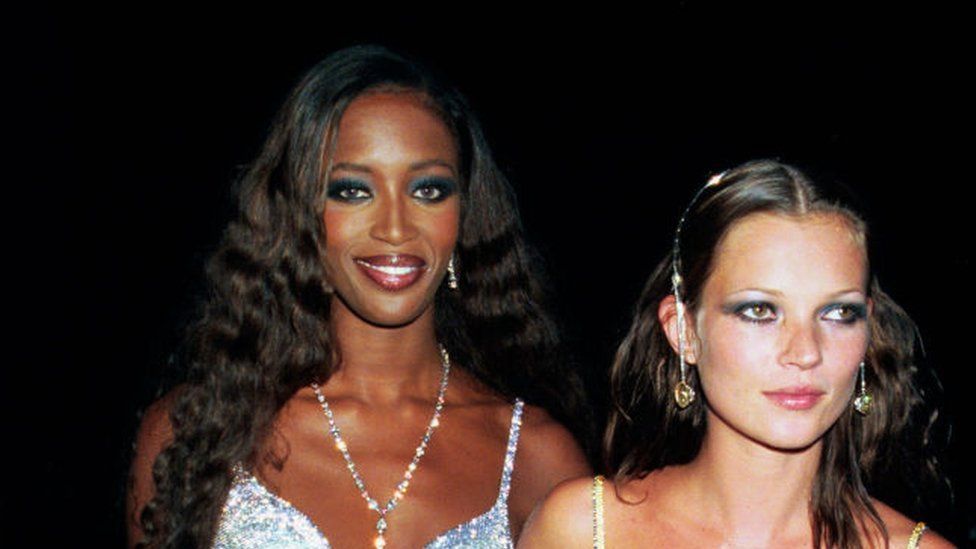 Image source, Getty Images
Image source, Getty Images
British models Naomi Campbell and Kate Moss, pictured in 1999, have been mainstays of London Fashion Week since the early days
By Alex Taylor and Charlotte Gallagher
BBC Culture reporters
Stars are preparing to strike a pose to celebrate the 40th anniversary of London Fashion Week (LFW).
The bi-annual event, originally the brainchild of PR guru Lynne Franks - and now a staple of the global fashion calendar - launched in 1984.
The youngest of the 'big five' fashion weeks, this year's event brings glitz and glamour to London until Tuesday.
But British Fashion Council chair David Pemsel has said economic challenges are putting pressure on the industry.
Speaking to BBC Breakfast, Mr Pemsel said the cost-of-living crisis, interest rates and Brexit were all creating difficulties for designers and fashion houses.
He insisted, however, that the industry remained "resilient".
"[Our] quality is really respected in the industry: we've got phenomenal designers doing amazing things," he said.
The anniversary edition of LFW will host 67 designers across 46 catwalks and 36 events, say organisers - with collections by many more up-and-coming designers expected to make an appearance off-grid.
Star attractions include Preen, Richard Quinn, Simone Rocha, Harris Reed, 16Arlington and Emilia Wickstead.
Harry Lambert, the man behind Harry Styles' makeover and Emma Corrin's wardrobe, is also set to cause a stir.
Continuing tradition, Burberry is slated to close the official programme on Monday, with Daniel Lee's collection.
Vogue editor Dame Anna Wintour will, no doubt, selectively grace the front row, casting her discerning eye over the latest trends from behind those iconic shades.
Striking a (lasting) pose
Last night, some of London's best-known landmarks, including Covent Garden, the London Eye and the Royal Opera House, were lit up in green to mark the start of the LFW anniversary celebrations.
Throughout the decades, LFW has showcased established, and emerging, British talent - from supermodels Naomi Campbell and Kate Moss, to iconic designers including Matthew Williamson, Stella McCartney and the late Alexander McQueen.
Lynne Franks, who provided the inspiration for Absolutely Fabulous character Edina Monsoon, says she pushed for a fashion week in London out of frustration - intent on giving the city a dedicated floorspace to promote its prowess, in keeping with other fashion capitals such as New York, Milan, Paris and Tokyo.
"We were not on the international calendar at all," she told the Evening Standard. "I thought, if they can do it, why can't we?"
Although smaller than its peers in Milan, Paris and New York - which routinely boast international fashion giants - London continues to be known for its unique style and daring.
"It's much more innovative," Betty Jackson, a designer at the first LFW, told the BBC. "I do think we have the best ideas, really. And we're fearless.
"A lot of of inspiration, I think, comes from young people wearing stuff on the street, and wearing things in a different way," she said.
The British Fashion Council's NewGen initiative continues to support the next generation of designers, while Friday's Central Saint Martins MA show provides a platform for the London art school's brightest young stars.
Five memorable moments from London Fashion Week
Shalom Harlow's spray-paint dress (1999)
Image source, Victor Virgile
In one of the most visually arresting moments amid McQueen's myriad runway shows, two robots spray-painted a dress worn by the model Shalom Harlow.
Speaking to the Metropolitan Museum of Art about the experience, Harlow said she did not directly discuss the set piece with the designer ahead of show.
"I like to think that he wanted to interfere as little as possible and allow me to have the most genuine, spontaneous experience as possible," the model told the Met.
Queen Elizabeth II joins Wintour in front row (2018)
Image source, Getty Images
Fashion royalty met the real thing, when Queen Elizabeth II joined Anna Wintour at British designer Richard Quinn's runway show in 2018.
The late queen, then 91, appeared, all smiles, dressed in a turquoise blazer.
Writing a tribute piece for Vogue following Elizabeth II's death in 2022, Wintour said the late queen was "so delighted to be there, telling me how she had appeared in a fashion show long before she became Queen".
She continued: "She said it with joy and humour that bounded around the room, lighting it up: An everyday occurrence for Her Majesty, an unforgettable one for the rest of us."
Alexander McQueen dances down the catwalk (1997)
Image source, Alexis Duclos
The late fashion designer lit up LFW countless times with his creativity, but in 1997 enjoyed his own rare moment on the catwalk.
Dressed in a casual polo shirt and jeans - a counterpoint to his dramatic fashion creations - the beloved British designer danced down the runway at the end of his show to the rapturous applause of his models and audience.
Hussein Chalayan's coffee table dress (2000)
Image source, Kevin Coombs
Hussein Chalayan is famous for his experimental designs, but none have captured the global imagination quite like his coffee table dress.
As models strode around a living room, one stood atop the coffee table that, in an eye-popping moment of industrial design, transformed into a wooden hooped skirt when she lifted it up.
Despite its theatrical edge, the show held a serious underlying message. Inspired by refugees of war, the interplay between furniture and clothing drew parallels with those forced to flee their homes, carrying their worldly possessions on their backs.
Naomi Campbell takes a tumble at Vivienne Westwood (1993)
Image source, Ken Towner/Evening Standard/REX/Shutterstock
Supermodel Naomi Campbell has been at the top of fashion's league for decades, but her early years - although stratospheric - saw her suffer the occasional wobble.
As a 16-year-old, she took a tumble on the catwalk in nine-inch platform heels during Vivienne Westwood's 1993 autumn show.
The fall elicited gasps from some of the star names watching from the front row, but the moment did nothing to slow Campbell's unstoppable rise to the top.
London Fashion Week contributes £21bn to the UK economy, and employs more than 900,000 people, according to the British Fashion Council's latest industry report.
Last year, sales of womenswear were valued at an estimated £30.9bn, with menswear sales estimated at £15bn, Mintel figures show.
Prime Minister Rishi Sunak, this week, praised the sector for its contribution, reiterating its value to the UK economy: "It generates a huge amount for the coffers, and has global resonance in terms of creativity and reputation in this country," he told the Evening Standard.
"It's an opportunity to reach into new markets - to remind everyone of the power of fashion week and the power of businesses that participate," the PM said.
However, McKinsey's State of Fashion report warns of "strong economic headwinds" for the year ahead, with fashion houses facing "subdued economic growth, persistent inflation and weak consumer confidence".
Mr Sunak frustrated fashion industry leaders by scrapping tax-free shopping when he was chancellor in 2021.
He has retained the policy as prime minister, despite repeated calls from the British Fashion Council, bosses of several large fashion brands and retailers to re-instate the tax break.

 4 months ago
23
4 months ago
23
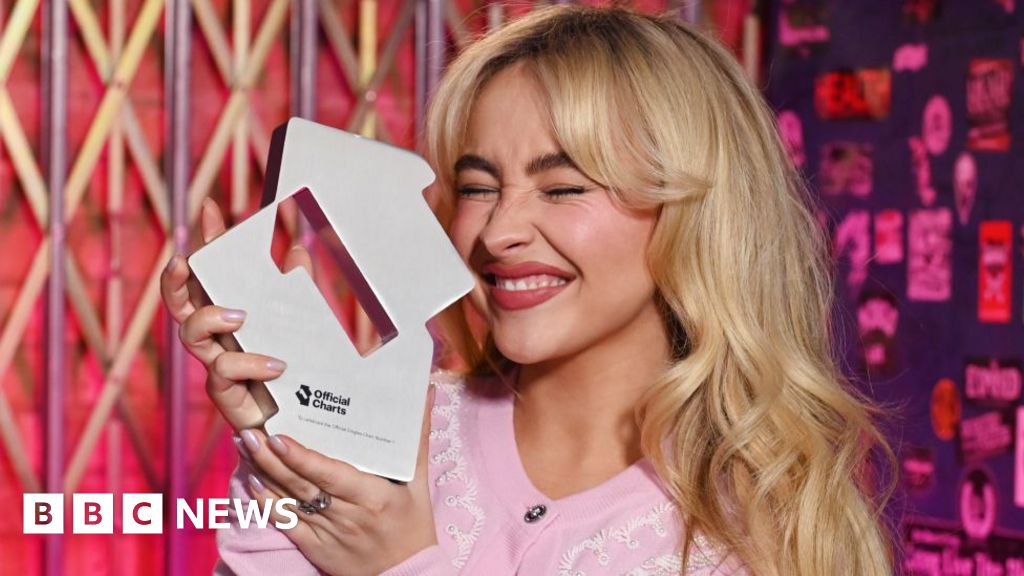
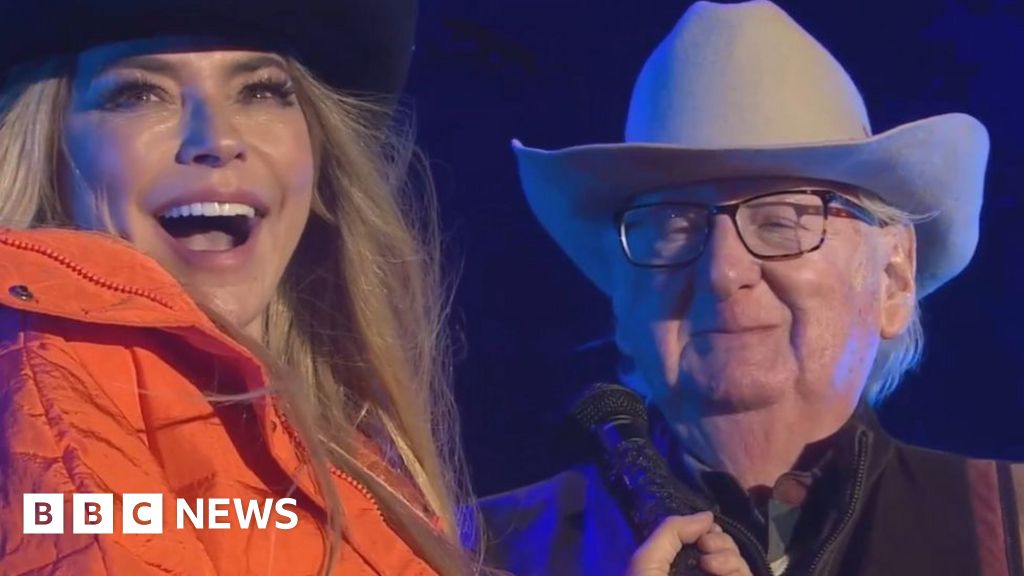
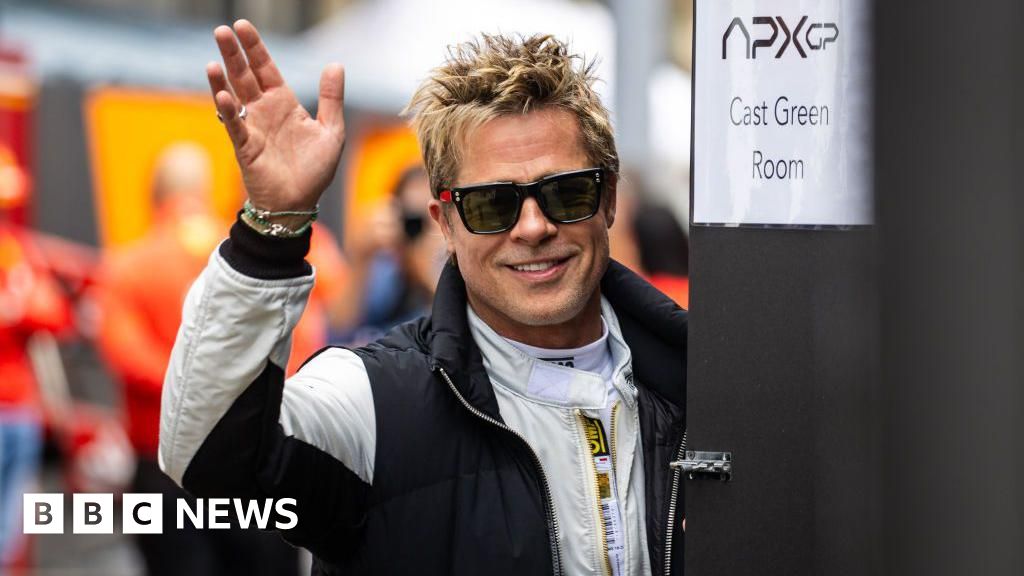
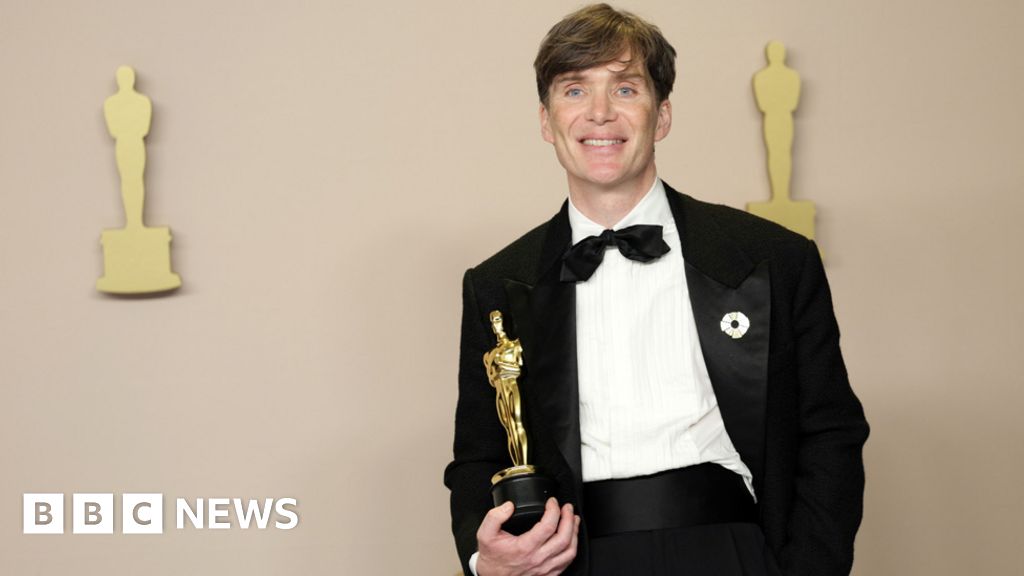

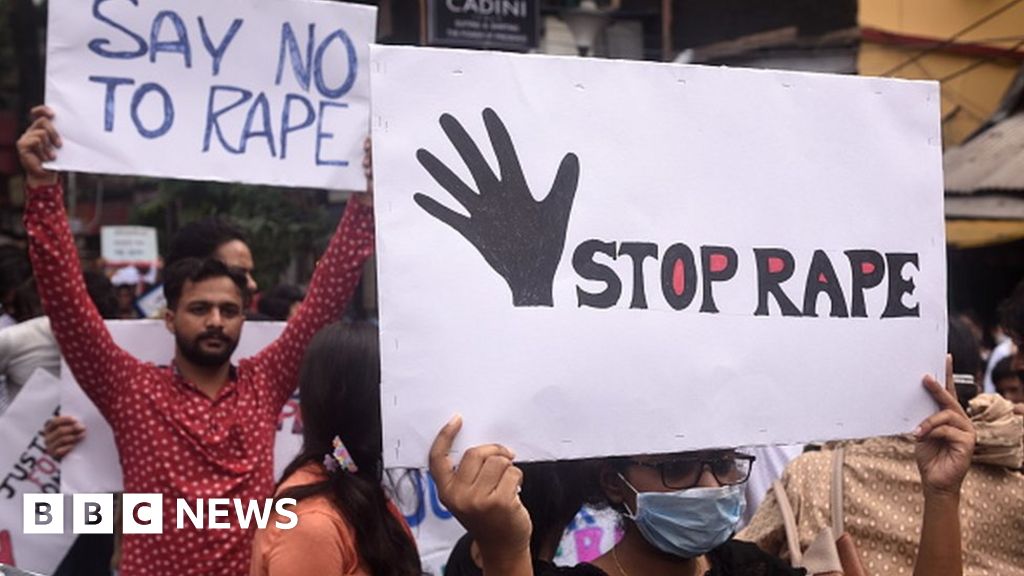
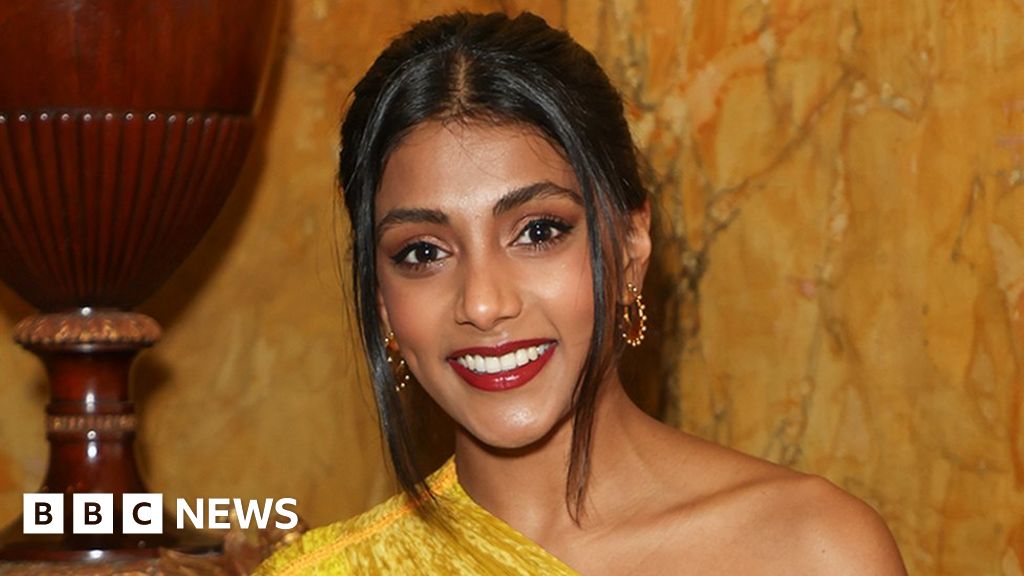
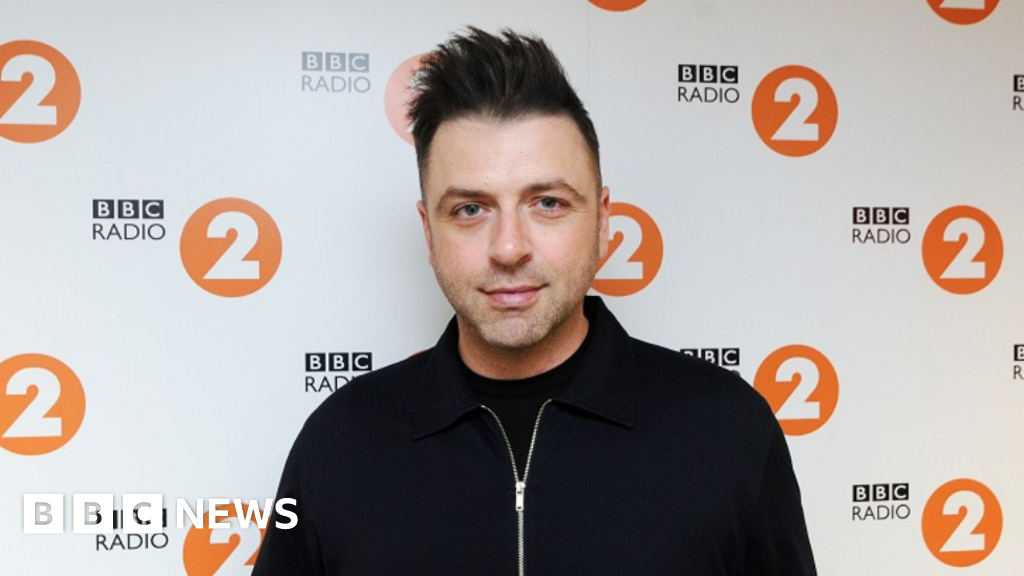
 English (US) ·
English (US) ·